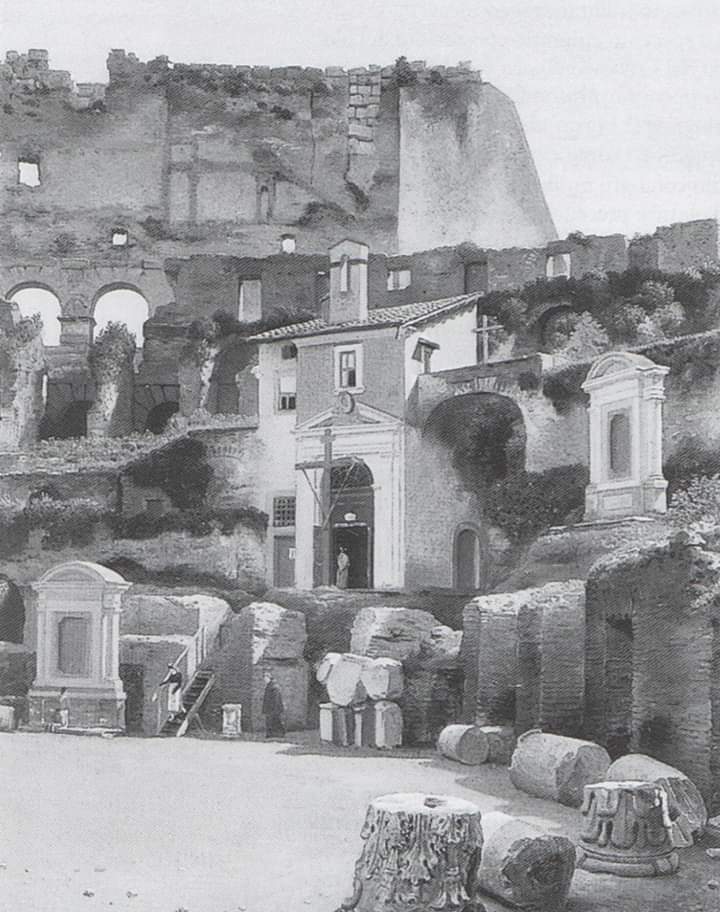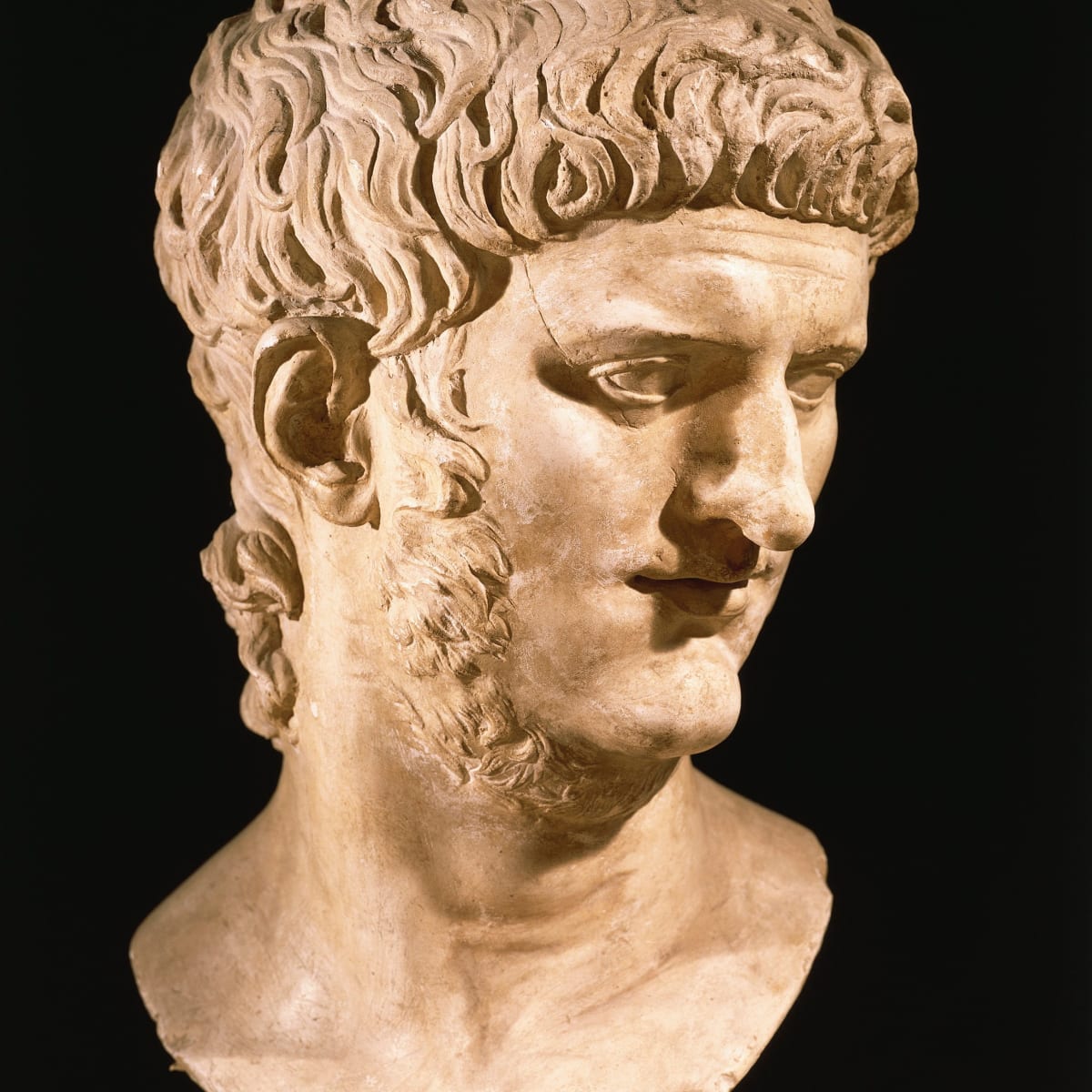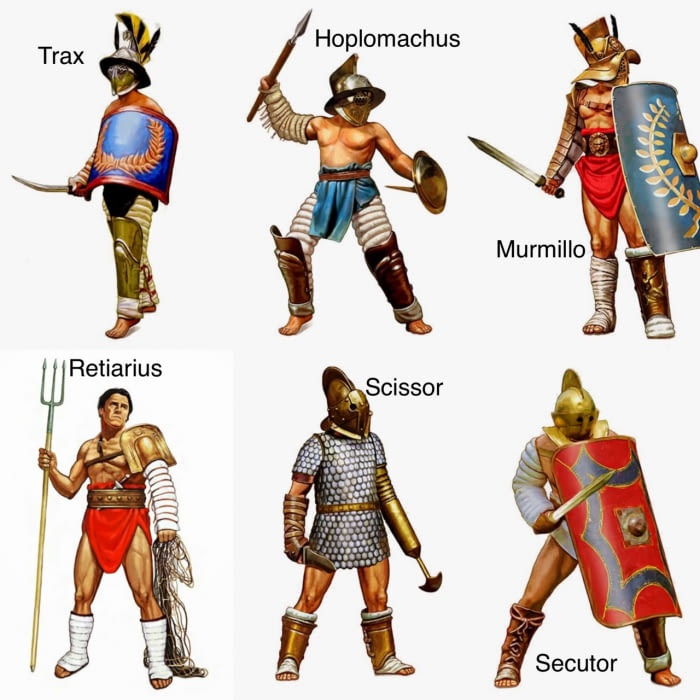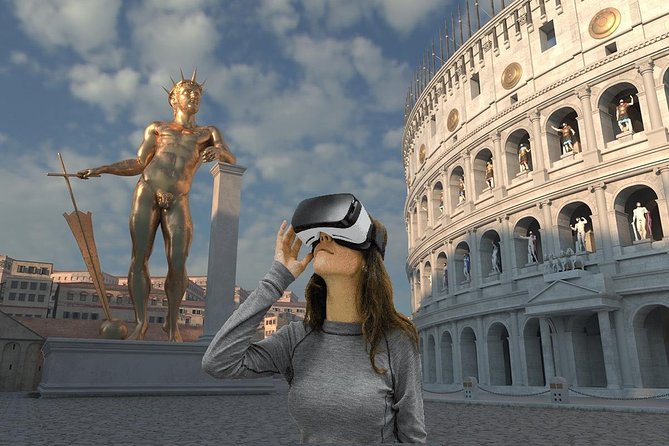What happened to the colosseum?
As time passed and the empire fell into decline the population of Rome had diminished and the gladiator games were too expensive to maintain. Barbarian invasions began in the early 5th century, Rome fell on hard times and its economy and military suffered greatly. Money that was once spent on entertaining the citizens of Rome and keeping the Colosseum in good repair was instead needed to defend the empire. The last recorded games were animal hunts held in 523 AD, after this the colosseum fell into disuse. Nature also played a part in the decline of the Colosseum; fires, lightning and earthquakes all contributed to the its state of disrepair.
During the dark ages anything that could be reused was plundered from the Colosseum. Marble seating and veneer that once lined the inner corridors used by the wealthy were ripped off.

Statues in marble and bronze and the huge marble columns and capitals that once decorated the ground floor entrance hall were carried away.
Visitors often ask “what are the holes on the front of the colosseum?” These holes were left after the iron clamps that once held the huge travertine blocks together were removed and recycled. Without the clamps holding the masonry together, huge parts of the building collapsed when numerous earthquakes shook Rome in the Middle Ages.. As the outer rings fell with successive earthquakes they were auctioned off to the highest bidder and used to build bridges, churches and palaces including St Peter’s Basilica and Palazzo Madama.

The pope saves the Colosseum
It’s bloody history long forgotten, the Colosseum had multiple uses throughout history: the arena was filled up and used as a cemetery, the outer corridors were used as housing units, it was even fortified in places and used as a castle in the 13th century. There is evidence of workshops and shops including a tailor’s shop, bakers and cheesemakers. By the sixteenth century, altars were set up around the inside of the arena for the stations of the holy cross and numerous small chapels were built.
Finally at the end of the 18th century it was saved from further destruction by the Pope, by this time the outer arches were filled with rubbish and another earthquake threatened what remained of the outer ring. It was in the early 1800s that restorative work was done to bolster and protect the two ends of the last ring with brickwork, completed by the architects Valadier and Stern. By this time it had become a tourist attraction during the ‘Grand Tour’ of the 19th Century. Charles Dickens tells us enjoying the moonlit colosseum with a local lady and a good bottle of wine was the thing to do on the ‘Grand Tour’.


